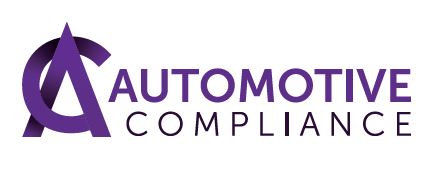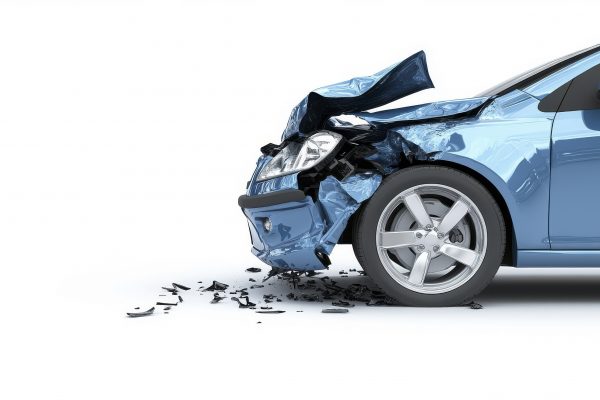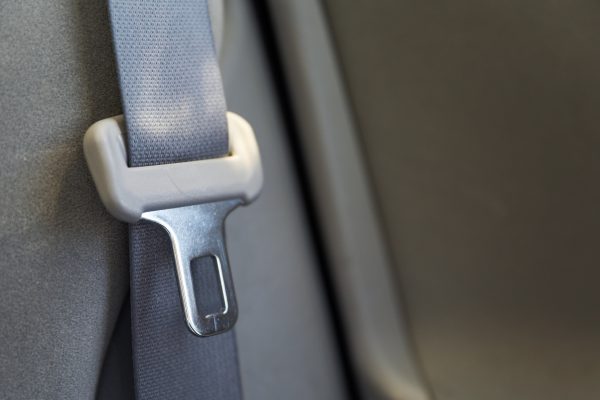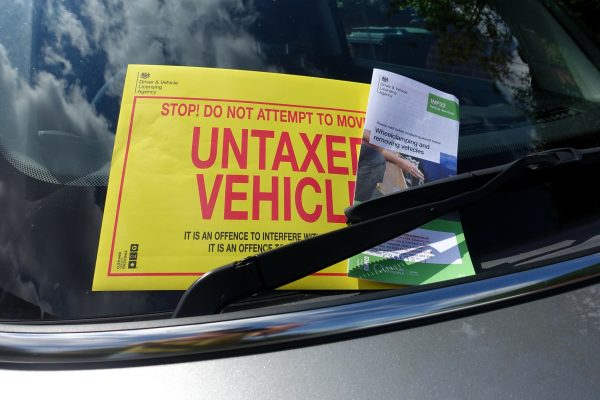Author: Philip Strickland
Published: February 6, 2018
Reading time: 2 minutes
This article is 8 years old.
Read our disclaimer keyboard_arrow_down
This website content is intended as a general guide to law as it applies to the motor trade. Lawgistics has taken every effort to ensure that the contents are as accurate and up to date as at the date of first publication.
The laws and opinions expressed within this website may be varied as the law develops. As such we cannot accept liability for or the consequence of, any change of law, or official guidelines since publication or any misuse of the information provided.
The opinions in this website are based upon the experience of the authors and it must be recognised that only the courts and recognised tribunals can interpret the law with authority.
Examples given within the website are based on the experience of the authors and centre upon issues that commonly give rise to disputes. Each situation in practice will be different and may comprise several points commented upon.
If you have any doubt about the correct legal position you should seek further legal advice from Lawgistics or a suitably qualified solicitor. We cannot accept liability for your failure to take professional advice where it should reasonably be sought by a prudent person.
All characters are fictitious and should not be taken as referring to any person living or dead.
Use of this website shall be considered acceptance of the terms of the disclaimer presented above.
From May this year, there will be three new categories of caution created in the MOT Inspection of motor vehicles.
Issues inspected which are categorised as “DANGEROUS” will qualify for an automatic failure. The tester will have the discretion to ban the removal of a vehicle so assessed from the testing premises other than on a trailer if it is no longer regarded as safe to drive away.
Issues categorised as “MAJOR” may create the same obligation not to allow the car back on the road until corrected or it might be possible to say the vehicle can be driven away but will fail the inspection until corrected.
Issues categorised as “MINOR” will not induce a failure but should be corrected as soon as possible.
Examples of the above might include dampness around a shock absorber (minor leak), to a steady flow of oil from the shock absorber (major leak), to shock absorber detached (dangerous).
Following the VW scandal it is no wonder that emissions analysis are being tightened on diesel cars. There will now be a range of readings that will govern whether the car is compliant or not.
Lipped brake discs, oil contamination on brakes, wheel and hub security are all listed for more careful scrutiny from May.









